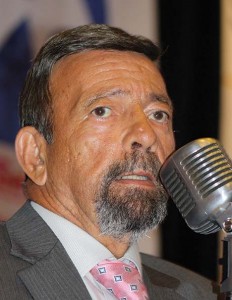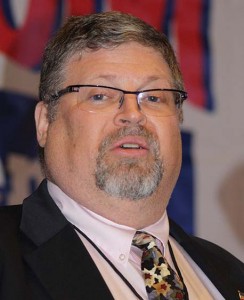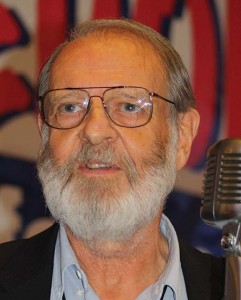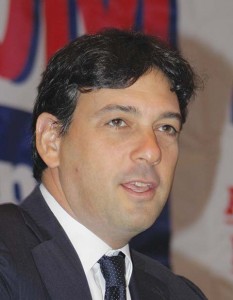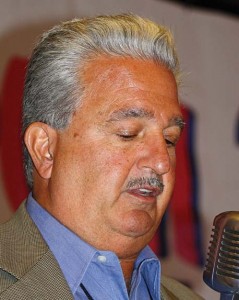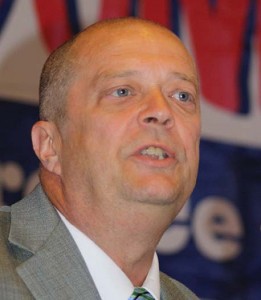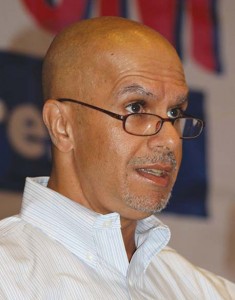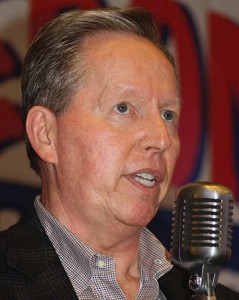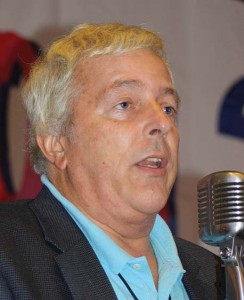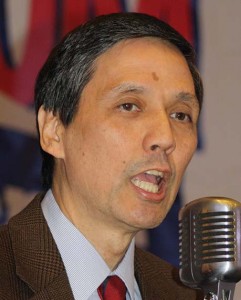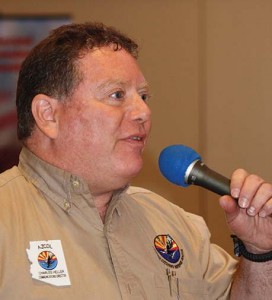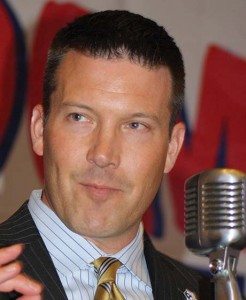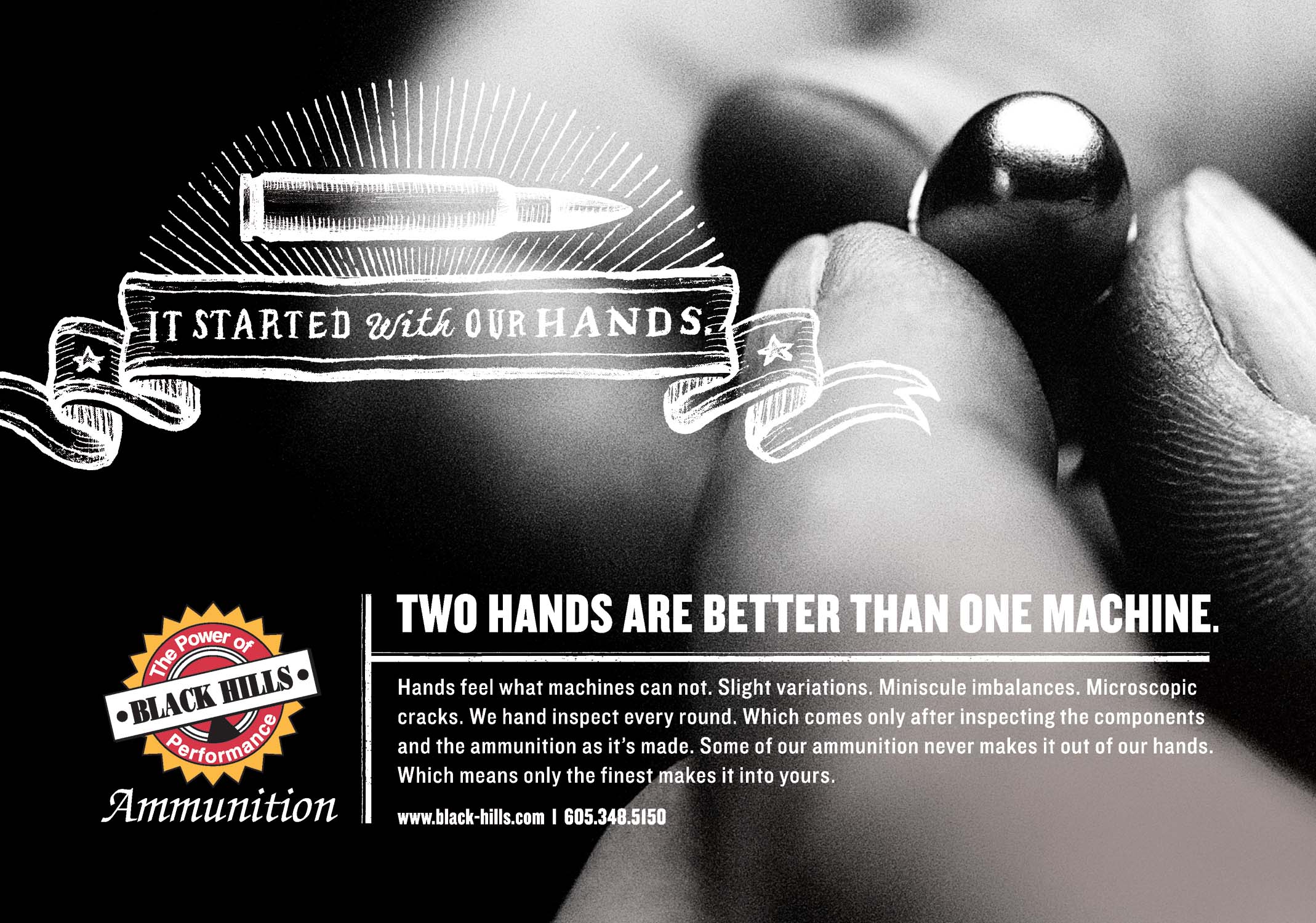by Dave Workman | Senior Editor
“Gun free zones have become hunting preserves for psychopathic murderers.”
That was the assessment from nationally-recognized firearms and self-defense authority Massad Ayoob, speaking at the 2014 Gun Rights Policy Conference (GRPC) in Chicago. His was among the most compelling presentations during the two-day event that, despite massive travel problems caused by a fire at O’Hare International Airport, was attended by hundreds of gun rights activists.
The event also saw leading Second Amendment attorney Alan Gura deliver a presentation on legal actions, a talk by researcher and author John Lott on the false gun claims by billionaire Michael Bloomberg, and panel discussions touching on broadcast media, public health policy, expanding carry options, media bias, and building effective state level legal organizations.
Ayoob criticized society for being “so focused on symbolism instead of substance” that anti-gunners have been “able to sell to legislators, able to sell to the public, the childishly naïve concept that if a human being has chosen to violate the most rigidly enforced laws in the history of God and man and civilization that somehow putting up a sign that says ‘No Guns’ will keep anything from happening.”
He also mentioned shootings at so-called Gun Free Zones in Colorado, including the theater in Aurora which was the only one in the alleged gunman’s neighborhood that was clearly marked as prohibiting firearms. But he also talked about two church shootings that happened at places where guns were not prohibited. The gunmen in both of those incidents were fatally shot by armed private citizens.
Ayoob was followed at the microphone by Dr. John Edeen, a pediatric surgeon from Texas. He bought his first gun following the Los Angeles riots. A native of northern New Jersey, he is now a Life Member of the National Rifle Association and the Second Amendment Foundation and he has joined several other gun rights organizations.
Edeen began listening to pro-gun-rights broadcasts and podcasts, attended shooting schools and then wondered what he could contribute to the Second Amendment cause. He met Ayoob, and Dr. Tim Wheeler with Doctors for Responsible Gun Ownership, and then decided to take some action regarding Gun Free Zones in Texas.
He eventually put together a course for physicians, and increased his activism. He presented a resolution to the county medical group to do away with such zones in hospitals. Edeen even noted that a doctor who had opposed the idea later showed up in one of his classes, “because his circumstances had changed” and he was being stalked.
He is now working to get support from his peers, using his resources to network with other physicians, and gun rights advocates from across the country.
Author Chris Bird wrapped up the panel by discussing how school districts in Texas have dealt with the issue. The small Argyle Independent School District in north Texas has posted its buildings with signs that say “Attention: Please be aware that the staff at Argyle ISD are armed and may use whatever force is necessary to protect our students.”
He believes there are now about 40 Texas districts that arm their teachers.
Court roundup
Gura, who has represented SAF in several Second Amendment cases, offered a presentation during the annual awards luncheon. The winner of both the 2008 Heller case and 2010 McDonald ruling, Gura cautioned the audience that “you are not going to achieve your perfect definition of the Second Amendment.”
He lauded SAF as being “the premier gun rights litigation organization” in the US and he assured the luncheon crowd that the group “will continue to support cases in which harmless people have lost their rights.”
But Gura also repeated something said by others during the conference: Elections do matter.
Chicago and Illinois, he said, have been the scene of some tremendous victories, including McDonald, the Ezell case and Moore v. Madigan. However, no cases have been considered for review by the Supreme Court since 2010.
Gura said there have been opportunities for the high court to decide on carry cases, but it has declined. There have been several declined cases, from New York, New Jersey, Maryland and Texas.
He also discussed SAF’s recent victory in the case of Palmer v. District of Columbia. In that case, the federal court struck down the city’s ban on carrying firearms outside the home. The bad news is that the city has crafted what he called “an extreme carry law” designed to discourage people from applying for carry permits, if not make it impossible to qualify under a discretionary regulation.
That case was litigated over the course of five years, he noted, which underscores the slow creep of such lawsuits. Gura indicated that the court may not allow the city to adopt a restrictive permit scheme, if it is not consistent with the constitutional standards laid down by the court.
Finally, Gura also reported on litigation aimed at forcing the government to restore gun rights to people who have been previously found guilty of certain crimes, but who pose no danger to the community.
Bloomberg falsehoods
Anti-gun billionaire Michael Bloomberg was the target for much criticism during the two-day conference, but he came under particularly heavy fire from economist and author John Lott, president of the Crime Prevention Research Center.
He went after a Bloomberg-financed report that alleged there had been 75 public school shootings since the tragedy at Newtown in December 2012. Lott’s research revealed that these incidents involved some legitimate self-defense cases on school property and at least one suicide on campus. There are also some incidents that apparently occurred away from school campuses, he added. The actual number, after Lott went through the cases, came down to ten.
“Every single Bloomberg study that I’ve looked at has a huge number of errors,” he asserted.
However, bringing that out in the open has been difficult because, Lott said, people involved in those studies “will not debate.” Instead, they may offer comments, but they allegedly do not care to engage in face-to-face exchanges because they know their data will be challenged and errors will be revealed.
Lott did not confine his criticism to Bloomberg. He also was critical of the FBI, President Barack Obama and other anti-gunners.
He suggested that claims regarding two million denials on firearms sales due to background checks are not accurate because many of those people were later allowed to buy guns “because they were false positives.” Lott said the problem with that is that many people entitled to own guns, and who might have a desperate need for a gun, can’t get one.
Lott also zeroed in on transfer fees because they discriminate against the poor.
The FBI had recently issued a report on mass shootings, but Lott said it was “embarrassing how bad this is.”
“Over 40 percent of their 160 cases involved either no one shot, wounded or killed,” he said.
There were also some 33 cases that the FBI missed, and apparently did not include in the report, he added. Lott suggested there is some media bias in how such data is reported.
He urged the audience to go through these reports, read news stories and reach their own conclusions.
Anti-gun troika
Another panel discussed the “anti-gun troika” which includes background checks, microstamping and “smart guns.”
Leading this discussion was Stephen D’Andrilli, president of ArbalestQuarrel.org. He discussed the current push for microstamping. He noted that anti-gun groups claim that this process makes identifying guns involved in crimes easier.
“But does it really work,” he asked. “Not according to the experts.”
The technology apparently repeatedly failed in testing at the University of California, Davis, D’Andrilli said, as well as a test done in New York State. Despite that, he suggested that the anti-gun crowd “has latched onto micro-stamping with enthusiasm, invigorated with the notion that it will solve crime.” But, he said, it really doesn’t work, and it definitely would not work to trace revolvers, which do not leave spent cases at crime scenes.
“Most gun crimes cannot be solved by microstamping,” D’Andrilli said.
Such testing is laborious and it requires specialized equipment, and since most crime guns are acquired illicitly, the only link would be back to the original owner. Criminals skip the ownership requirements, and he suggested that imposing such laws could actually increase gun thefts in those jurisdictions where microstamping is a requirement because criminals would want to use guns that cannot be traced back to them.
He said it is also easy to fake evidence by picking up spent shell casings at gun ranges and leaving them at crime scenes.
However, the biggest impact will be on the cost of firearms. Such a requirement could boost the cost of semi-automatic firearms by $100 to $200. This could put the cost of such guns out of the price range of average citizens.
“The microstamping of firearms is yet one more device through which big government controls our lives,” D’Andrilli said. “Registered guns make confiscation of guns easier, and the confiscation of guns is a salient feature of a police state. It isn’t a feature of a free republic.”
George Owens with Alabama Gun Rights told the audience that gunowners need to be proactive by getting involved in the legislative process and writing laws that benefit them and protect their rights.
“You want them (anti-gunners) to write the law, or do you want to write the law yourself,” he asked.
Owens contended that background checks are a good idea for buying and selling firearms, noting that last year, thousands of convicted felons were apparently “dumb enough” to walk into retail gun shops and attempt to buy firearms.
He said there was never a promise of a perfect background check, same as there is no promise of a “perfect” Second Amendment that will be liked by everyone.
Alan Gottlieb, chairman of the Citizens Committee for the Right to Keep and Bear Arms, offered details about Washington’s “dueling initiative” campaign this year, warning that background checks are acceptable to many people, even when it can be shown they don’t work.
“They don’t care,” he said. “They’re for it, anyway.”
He said many people do not consider background checks to be a form of gun control, and he said the firearms community does not have a real winning argument against them.
Science v. Fiction
, editor at large of The Health Care Blog and author of Khanna on Health, opened a discussion on Science versus Fiction in Public Health Policy. He told the audience that the health care system is being manipulated to “turn against people.” This applies particularly to gun control, as physicians are being asked to quiz patients about the presence of firearms in their homes.
“A lot of American consumers are not aware that we are moving toward electronic medical record keeping,” he cautioned.
As a result, information that someone may own firearms could become part of a medical record that could be accessed by someone other than a physician.
“This data is not safe,” Khanna said.
He said people at the Centers for Disease Control “are not interested in your privacy, they are interested in population health management.” He predicted “sweeping invasions of privacy” and the only way to prevent that is for people to be watchful and aware of their personal health information.
He was followed at the microphone by Dr. Tim Wheeler, founder of Doctors for Responsible Gun Ownership. He talked about “boundary violations,” defined as when a doctor steps into the political realm and starts asking about things not related directly to an ailment or health question.
“Essentially they bring the political question of gun control into the examination room,” he said.
This problem led to the so-called “Docs v. Glocks” law in Florida, which has been challenged in court.
“Every doctor (in Florida) knows, keep gun control out of the office,” he observed. “That’s a boundary violation.”
Tackling Media Bias
Another panel delved into a favorite topic at the gun rights conferences: media bias. Taking on this issue was Herb Stupp, former broadcast journalist and former commissioner of the New York City Department of the Aging under then-Mayor Rudolph Giuliani.
Stupp offered advice on how to cultivate relationships with members of the press, and how to communicate using social media. He also suggested that if someone believes they are a victim of media bias, they should ask for a correction.
“I got my first retraction from the New York Times when I was 20 years old,” he recalled.
Stupp also counseled activists to take advantage of the “Reader Comments” sections of newspapers that are frequently available on-line. This allows activists to express their views, and even provide facts not available from the mainstream press.
Another suggestion was to provide reporters with tips that could lead to stories of interest.
Stupp was followed by Don Irvine, president of Accuracy in Media. He bluntly stated that “media bias does exist,” especially on the gun issue.
He recalled that news reports following the December 2012 Sandy Hook tragedy were overwhelmingly against firearms rights. He suggested that journalists have become lazy, and that it is up to gunowners to cultivate relationships and “try to help them along” when it comes to gun-related stories.
Irvine lamented that among many journalists today, reporting news has become less about fact checking than about making a name for one’s self.
Charles Heller, who has a pro-gun radio show based in Arizona, told the largely-Chicago audience that he is a “political refugee for the right to keep and bear arms.” He suggested that gun activists should “adopt a journalist” in an effort to educate the press about firearms and gun rights.
Concealed Carry
Tim Schmidt, founder of the US Concealed Carry, Inc., which publishes its own magazine for armed citizens, gave a detailed report on concealed carry in the United States. Today, he said, more than 11.1 million citizens are licensed to carry 24/7, amounting to nearly five percent of the nation’s population.
During the period when concealed carry was expanding, the FBI showed violent crime dropping by as much as 22%. He said even in Chicago, the burglary and auto theft numbers have declined, yet the Illinois concealed carry law remains in relative infancy.
“When people are carrying concealed,” Schmidt said, “bad guys are deterred.”
When would-be criminals aren’t certain that an intended victim may be armed, they might decide not to try committing a crime.
He decried the case of Shaneen Allen, the single mother who was arrested in New Jersey for having her legally-obtained handgun, which she was licensed to carry in neighboring Pennsylvania. It is a case that has drawn national attention to the way Garden State authorities enforce the state’s extremely tight gun laws.
“This is what happens,” he said, “when we give permission to the government to grant us rights.”
He said his organization will be pushing for “constitutional carry,” which is the concept that allows people to carry openly or concealed without a permit or license. A handful of states have such laws now.
“Being able to defend yourself is a natural, God-given right,” he said.
He encouraged people to live the “armed lifestyle.”
Next year’s Gun Rights conference will be held in Phoenix, AZ. It is slated on the last weekend of September.

